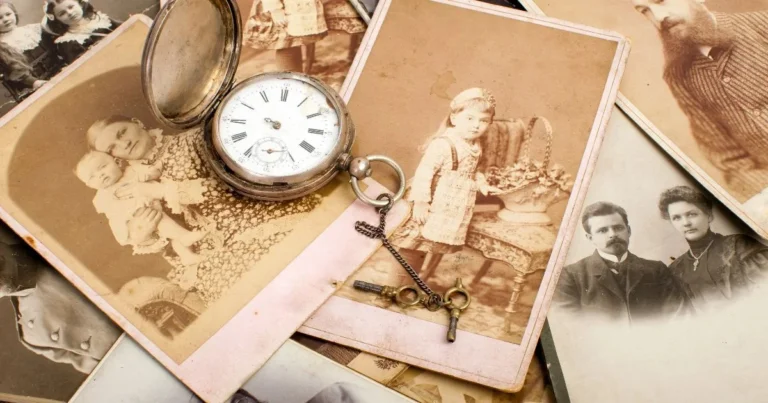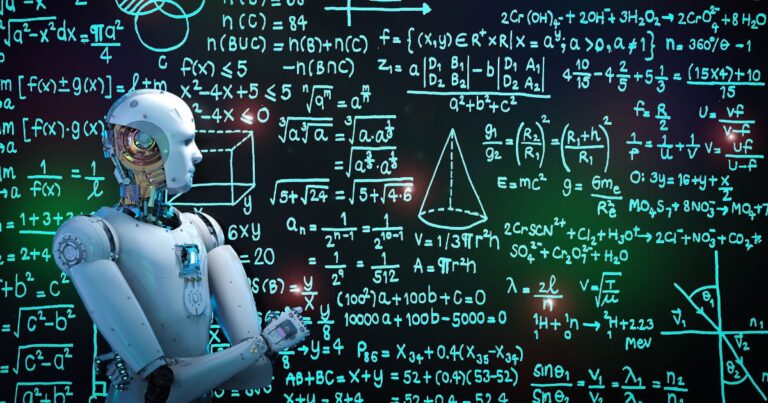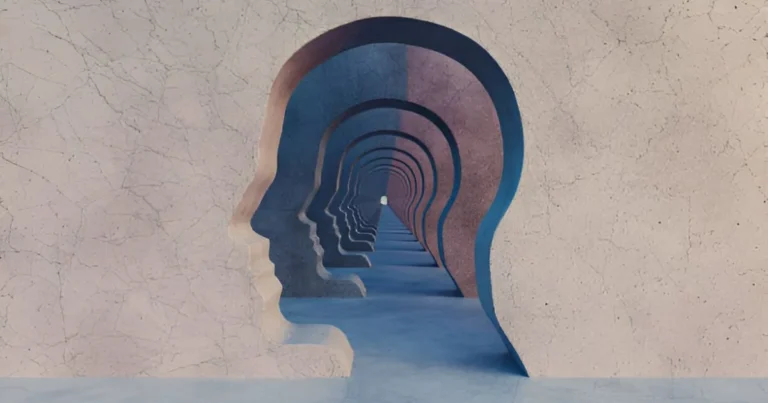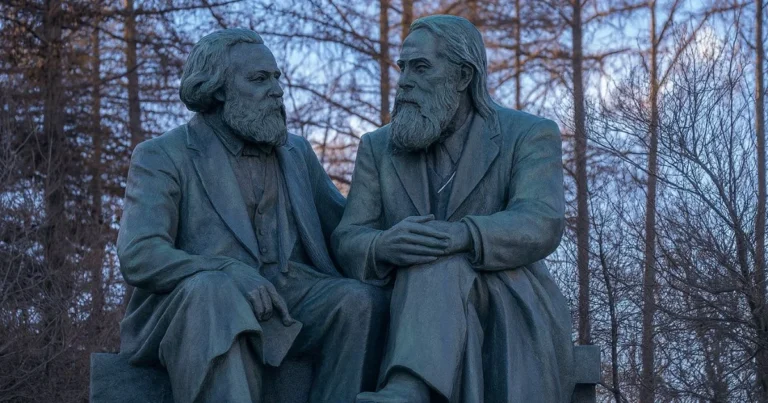The woman who couldn’t forget: The strange case of Hyperthymesia
On June 8, 2000, a letter arrived on the desk of Professor James McGaugh, a neuroscientist at the University of California, Irvine. It was from a woman named Jill Price, who described a memory she could not escape. Since the age of 14, she claimed, every single day of her life had been etched into…










